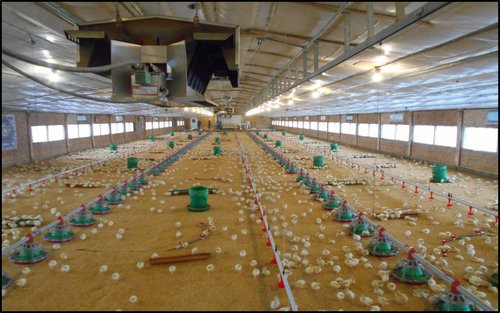Brooding temperature recommendations
In order for your poults to start eating and drinking right away, it is important that they are warm enough to move around and explore their environment. Below you will learn more on
- Environmental temperature recommendation by set up type
- Monitoring bird comfort using direct and indirect measurement
- Heater types
Click here to learn more about other environmental controls in brooding including gases and humidity
Whole room brooding
When starting your poults in a whole room set up, the brooding environment should have an even distribution of floor temperatures ranging from 90°F-95°F (32°C-35°C), with an optimal target of 93°F-94°F (34°C-34.5°C) across the feed and water space.
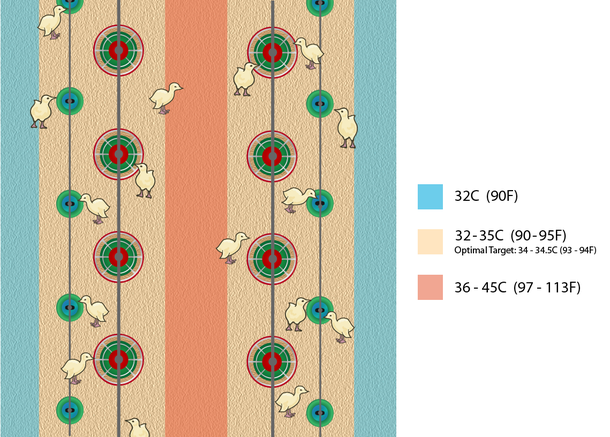
Whole room brooding air temperature recommendations
| Whole Room Brood | Forced Air Brood | |
|---|---|---|
| 24hr Pre-Placement | 92-94°F (34-34.5°C) | 95°F (35°C) |
| Placement Day (Day 0) | 92-94°F (34-34.5°C) | 95°F (35°C) |
| Day 1 | 92°F (33.3°C) | 93°F (33.8°C) |
| Day 2 | 91°F (32.7°C) | 92°F (33.3°C) |
| Day 3 | 90°F (32.2°C) | 91°F (32.7°C) |
| Day 4 | 89°F (31.6°C) | 90°F (32.2°C) |
| Day 5 | 88°F (31.1°C) | 89°F (31.6°C) |
| Day 6 | 88°F (31.1°C) | 89°F (31.6°C) |
| Day 7 | 87°F (30.5°C) | 88°F (31.1°C) |
| Week 2 | 84°F (29°C) | 85°F (29.4°C) |
| Week 3 | 82°F (28°C) | 83°F (28.3°C) |
| Week 4 | 78°F (26°C) | 79°F (26.1°C) |
| Week 5 | 74°F (23°C) | 74°F (23°C) |
Ring brooding
In ring brooding, provide a range of temperatures where the poults can find their point of comfort. There should be no cold drafts and proper air exchange in the barn. Directly underneath the stove, maintain a range of 97°F-113°F (36°C - 45°C), across food and water temperatures should be 90°F - 95°F (32°C - 35°C), optimally 93°F-94°F (34°C-34.5°C) and along the edge of the ring, 88°F-90°F (31°C-32°C).
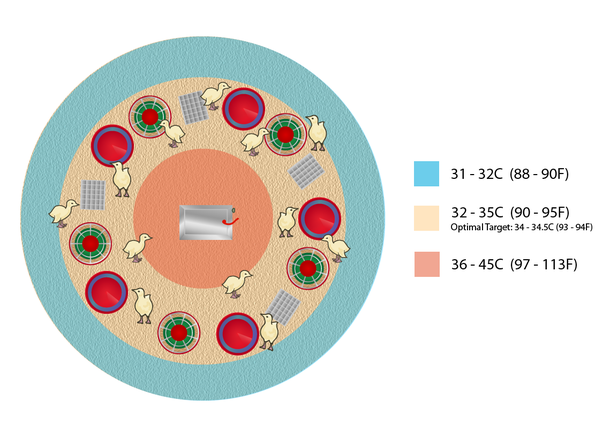
Ring brooding air temperature recommendations
| Age | °F | °C |
|---|---|---|
| Day 1 | 90-95 (93-94 optimally) | 32-35 (34-34.5 optimally) |
| End of week 1 | 86 | 30 |
| Week 2 | 82 | 28 |
| Week 3 | 80 | 27 |
| Week 4 | 78 | 26 |
| Week 5 | 73 | 23 |
Internal temperature
At delivery, and then 12 hours post-placement, a poult’s internal temperature range should be between 103°F (39.5°C) and 104°F (40°C). No higher and no lower. To do this, take a random sample of 10-12 poults and measure internal temperature using a poult thermometer.
- Expose the cloaca, then gently introduce the thermometer
- Thermometer depth should not exceed 1/3” (8.5mm)
- Leave the thermometer in place until the reader beeps
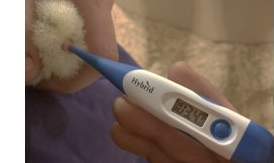
Poult activity
At placement, and up to 12 hours after, look at your poults’ behaviour and activity. If you notice poults are backing away from feed and water underneath a heat source, the temperatures are likely too high. If they are huddling together and are not actively eating and drinking, they are probably too cold. Both overheating and cooling can result in large numbers of flip-overs if left unchecked.
Behavior when temperature is too high
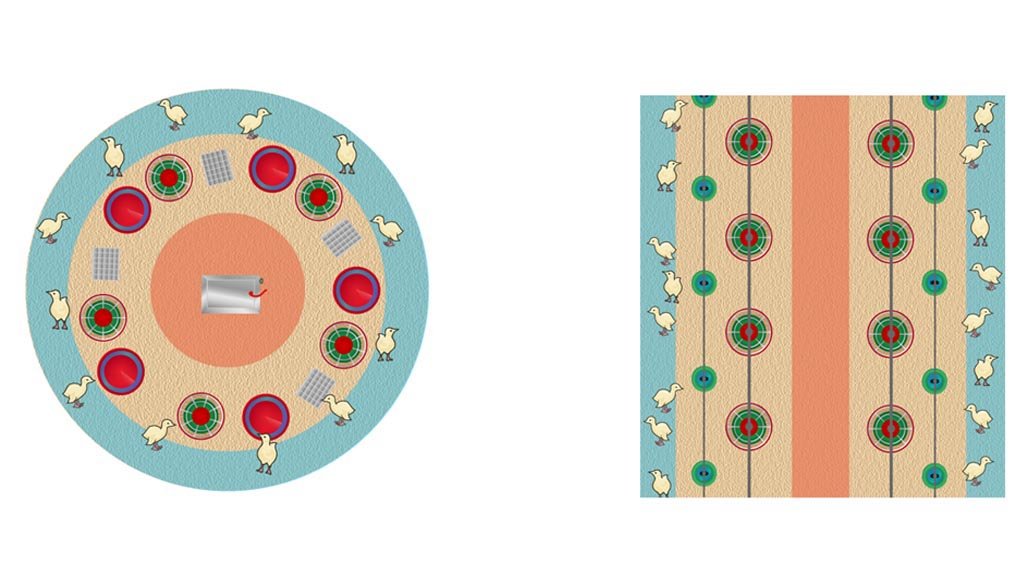
Behavior when temperature is too low
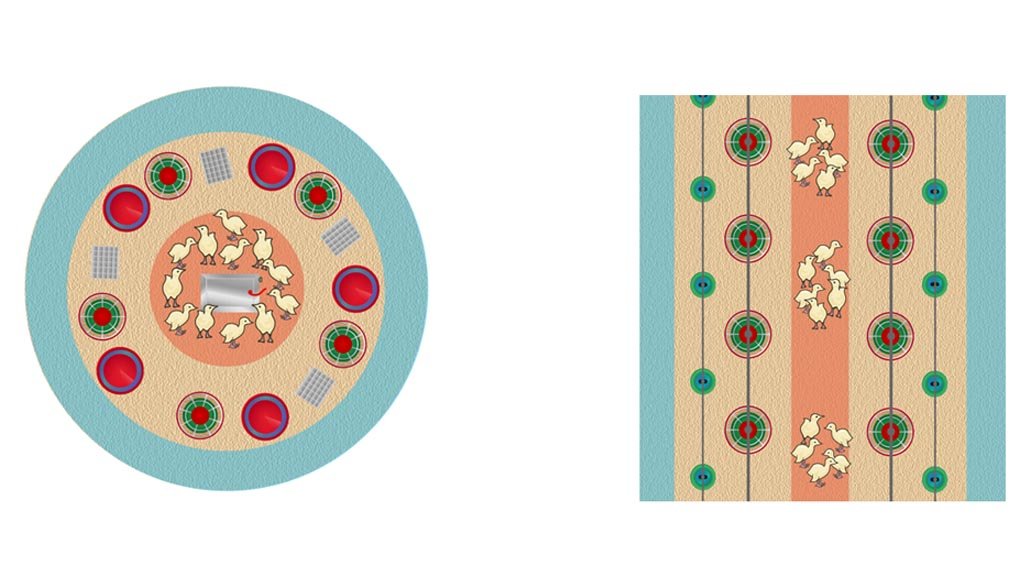
Heater Types
It is important to understand the type of heater you are using and the heat footprint it creates. Some heaters are more effective in certain brooder house set ups.
Pancake stoves
Pancake stoves create a smaller area of heat projection. Be careful that there are no cold spots when using pancake stoves in a ring brooding set up.

Radiant and forced air
Forced air can create an effective heat footprint across feed and water.
